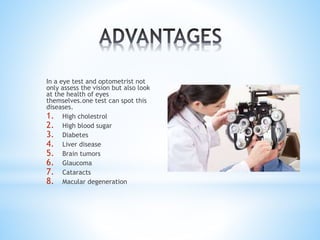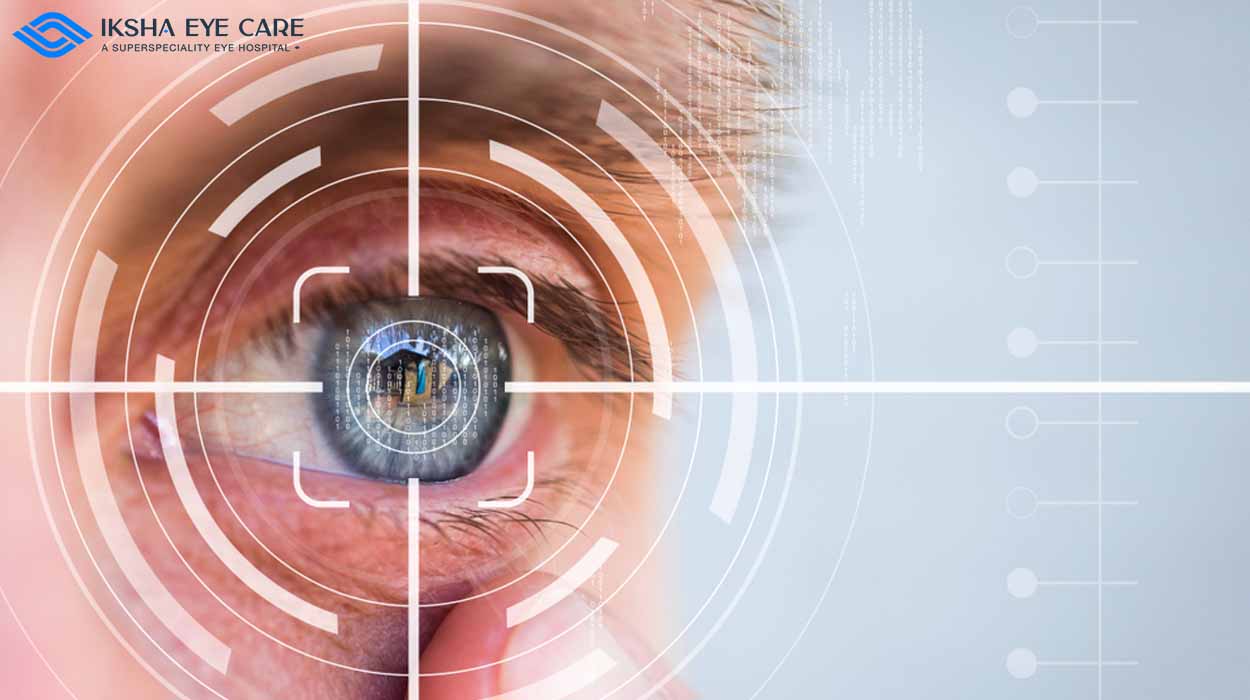Regional Glaucoma Service Near Me: Relied On Experts for Eye Health
The Role of Advanced Diagnostic Equipment in Identifying Eye Disorders
In the world of ophthalmology, the use of advanced analysis devices has revolutionized the early recognition and administration of numerous eye problems. From spotting refined adjustments in the optic nerve to checking the development of retinal illness, these modern technologies play a pivotal duty in boosting the precision and effectiveness of detecting eye conditions. As the demand for precise and timely medical diagnoses proceeds to grow, the assimilation of advanced devices like optical coherence tomography and visual field screening has come to be essential in the realm of eye care. The intricate interplay in between technology and sensory techniques not just drops light on elaborate pathologies yet also opens doors to customized therapy techniques.
Significance of Early Diagnosis
Very early diagnosis plays an essential function in the reliable management and treatment of eye disorders. Prompt identification of eye problems is vital as it permits timely intervention, potentially stopping further development of the condition and decreasing lasting difficulties. By discovering eye conditions at an onset, doctor can provide proper therapy strategies tailored to the details condition, eventually resulting in far better results for patients. Very early diagnosis makes it possible for patients to gain access to essential assistance services and sources faster, boosting their overall high quality of life.

Technology for Discovering Glaucoma
Cutting-edge diagnostic modern technologies play a critical duty in the very early detection and monitoring of glaucoma, a leading source of irreversible loss of sight worldwide. One such modern technology is optical coherence tomography (OCT), which supplies in-depth cross-sectional pictures of the retina, permitting the measurement of retinal nerve fiber layer thickness. This dimension is crucial in evaluating damage caused by glaucoma. An additional advanced tool is aesthetic area screening, which maps the level of sensitivity of an individual's visual field, aiding to find any kind of areas of vision loss characteristic of glaucoma. Additionally, tonometry is made use of to measure intraocular pressure, a significant risk variable for glaucoma. This examination is critical as elevated intraocular stress can cause optic nerve damage. More recent modern technologies like the usage of artificial knowledge formulas in evaluating imaging information are showing special info encouraging outcomes in the early detection of glaucoma. These innovative analysis tools enable ophthalmologists to diagnose glaucoma in its onset, permitting timely intervention and much better management of the illness to stop vision loss.
Role of Optical Comprehensibility Tomography

OCT's capacity to quantify retinal nerve fiber layer thickness permits for specific and objective dimensions, helping in the early discovery of glaucoma even before aesthetic area flaws end up being noticeable. OCT technology allows longitudinal monitoring of architectural modifications over time, helping with tailored therapy strategies and prompt treatments to assist preserve clients' vision. The non-invasive nature of OCT imaging additionally makes it a favored selection for checking glaucoma development, as it can you could try these out be duplicated routinely without causing pain to the person. Generally, OCT plays an important duty in enhancing the analysis precision and management of glaucoma, inevitably adding to better outcomes for individuals at threat of vision loss.
Enhancing Diagnosis With Visual Area Screening
A crucial element in detailed sensory examinations, visual field testing plays a critical function in enhancing the analysis process for various eye disorders. By assessing the complete level of a person's aesthetic area, this test offers vital info about the functional honesty of the entire aesthetic pathway, from the retina to the visual cortex.
Visual field screening is specifically beneficial in the diagnosis and administration of problems such as glaucoma, optic nerve conditions, and different neurological diseases that can impact vision. With quantitative measurements of peripheral and main vision, medical professionals can identify refined modifications that might indicate the existence or development of these disorders, even before recognizable signs and symptoms happen.
In addition, aesthetic area testing enables the monitoring of treatment effectiveness, helping ophthalmologists tailor therapeutic treatments to specific people. eyecare near me. By tracking adjustments in aesthetic field performance with time, doctor can make enlightened decisions about readjusting medications, suggesting medical interventions, or executing various other suitable steps to maintain or improve an individual's visual function
Managing Macular Deterioration

Conclusion
Finally, advanced diagnostic devices play a vital function in determining eye problems beforehand. Technologies such as Optical Comprehensibility Tomography and visual area testing have actually significantly enhanced the accuracy and efficiency of diagnosing problems like glaucoma and macular deterioration. Early discovery permits timely treatment and administration of these disorders, ultimately bring about better outcomes for patients. It is necessary for healthcare professionals to remain upgraded on these improvements to supply the most effective feasible take care of their individuals. eyecare near me.